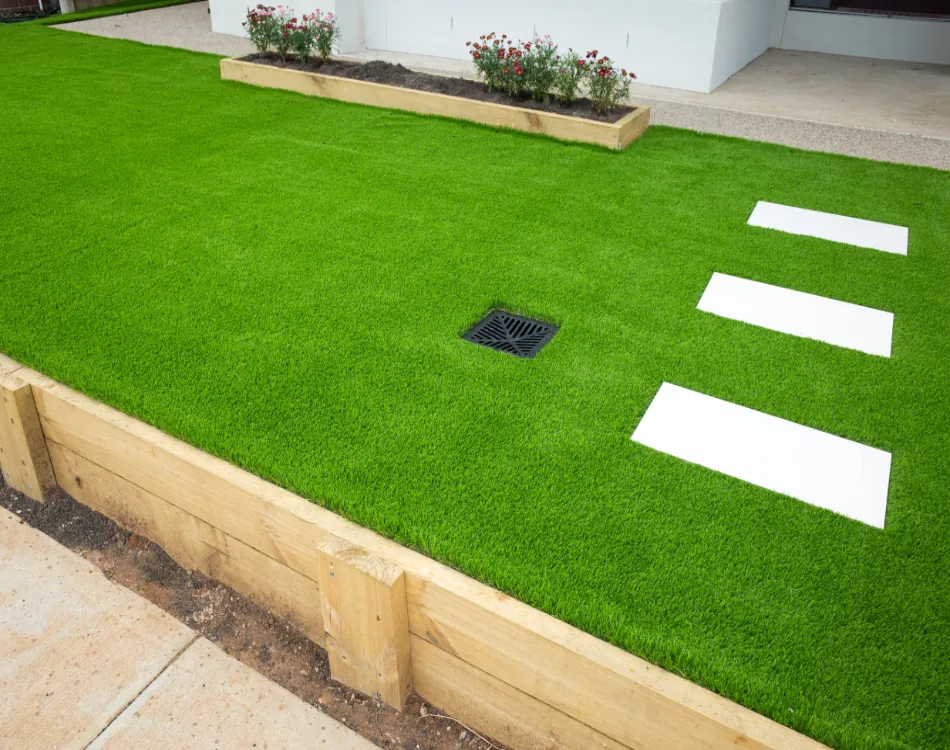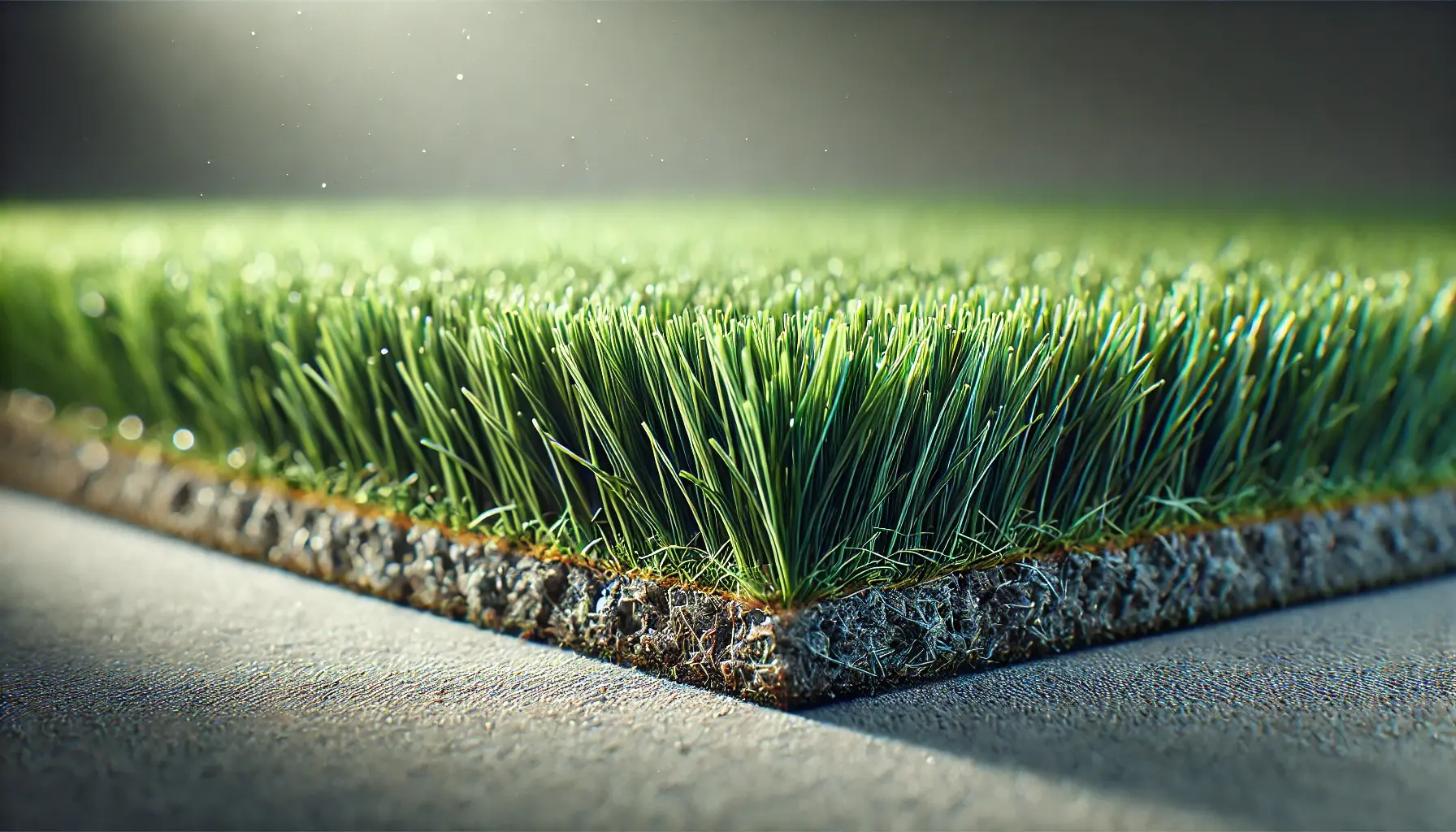Upgrade Your Outdoor Space with Arizona Artificial Turf for a Lush Green Look
Upgrade Your Outdoor Space with Arizona Artificial Turf for a Lush Green Look
Blog Article
Explore the Environmental Benefits of Opting for Synthetic Grass Solutions
The fostering of man-made lawn services offers a compelling possibility to resolve pressing environmental challenges. By dramatically reducing water usage and lessening the application of harmful chemicals, these choices not only promote lasting landscape design yet likewise secure local ecosystems. In addition, the reduced carbon footprint associated with decreased upkeep activities adds to a much more sustainable approach to land management. Nonetheless, the ramifications of these advantages extend beyond plain preservation efforts, questioning concerning their long-lasting effect on habitat conservation and general ecological balance. Exploring these dimensions reveals an intricate interplay worth taking into consideration.
Water Preservation Advantages
One of the most significant advantages of artificial turf is its ability to preserve water. Typical yard yards need considerable irrigation, particularly in areas prone to dry spell or water constraints. On the other hand, man-made grass does not need watering, substantially minimizing the general demand for water resources. This attribute is specifically advantageous in arid areas where water deficiency is a pushing problem.
By getting rid of the need for routine watering, synthetic grass adds to lasting landscape practices and helps mitigate the environmental impact of too much water intake. The preservation of water prolongs to the reduction of overflow, which can lead to dirt erosion and river pollution.
In addition, the setup of artificial grass enables homeowners and towns to designate water resources extra effectively, concentrating on important usages such as alcohol consumption water and farming. The shift towards man-made lawn not just advertises responsible water usage however likewise lines up with more comprehensive ecological objectives targeted at preserving natural deposits.
As neighborhoods increasingly prioritize sustainability, the water conservation benefits of synthetic turf provide a compelling case for its adoption in domestic and industrial landscape design tasks.
Minimized Chemical Usage
The shift to synthetic grass substantially decreases the dependence on chemical treatments frequently made use of in natural lawn maintenance. Traditional grass monitoring generally involves the application of fertilizers, herbicides, and chemicals to advertise development and control parasites. These chemicals can present threats to human wellness, neighborhood wild animals, and the atmosphere, contributing to soil and water contamination.
In comparison, synthetic grass removes the demand for these dangerous compounds. Once mounted, it calls for very little upkeep, largely containing routine cleansing and infrequent infill replenishment. This reduction in chemical usage not only benefits the immediate environment but additionally contributes to wider eco-friendly security. By reducing the launch of synthetic compounds into the ecosystem, synthetic lawn promotes much healthier dirt and water supply.
Moreover, the absence of chemical drainage linked with fabricated lawn setups aids secure local rivers from pollution, supporting marine life and preserving biodiversity. Artificial turf companies phoenix. As neighborhoods increasingly focus on lasting practices, selecting synthetic grass offers a feasible solution that aligns with environmental conservation objectives. With this change, homeowner can delight in lush green areas without compromising environmental wellness, leading the way for a more lasting future
Reduced Carbon Impact

Moreover, the setup of synthetic turf can lead to considerable water conservation. All-natural grass call for significant quantities of water for irrigation, which not only contributes to the carbon impact associated with water extraction and treatment yet additionally stress regional water sources. In contrast, artificial grass needs marginal upkeep, calling for no watering, consequently substantially reducing water usage and its linked energy costs.
In addition, the long life of synthetic grass adds to its lower carbon impact. With a life-span of as much as 15 years or more, the demand for constant replacements is reduced, causing much less waste and lower power intake in production and taking care of conventional grass options. On the whole, synthetic grass presents a lasting alternative for ecologically mindful landscape design.
Habitat Preservation
Environment conservation is a critical consideration in the debate over landscaping choices, especially when comparing synthetic grass to all-natural turf. Natural turf lawns usually need considerable maintenance, consisting of using plant foods, herbicides, and chemicals, which can detrimentally affect local ecological communities. These chemicals can leach into the dirt and waterways, harming indigenous vegetation and animals and disrupting local habitats.
Synthetic lawn eliminates the need for damaging chemicals, therefore securing nearby wild animals and maintaining the stability of bordering environments. The setup of fabricated turf can lead to the conversion of previous turf locations into more biodiverse landscapes, such as pollinator yards or native plant locations, which can sustain neighborhood wild animals.
Ultimately, the shift to fabricated lawn not only preserves water and lowers upkeep efforts but also promotes a much more unified connection in between human activities and the native environment, promoting environment preservation while doing so.
Long-Term Sustainability
Long-term sustainability is an essential variable in assessing the advantages of synthetic grass over traditional yard lawns. Among the most considerable benefits of artificial lawn is its resilience; it can last up to 15-20 years with marginal upkeep, whereas all-natural lawn requires constant reseeding and replacement. This long life minimizes the need for continuous sources, such as water, plant foods, and pesticides, which are important for preserving a healthy and balanced yard lawn.
Furthermore, synthetic grass adds to a decrease in carbon exhausts associated with grass care equipment. Standard yards often need gas-powered lawn mowers, leaners, and blowers, all of which add to air pollution. Artificial turf companies phoenix. In comparison, synthetic grass gets rid of the need for visit our website such tools, promoting check that a cleaner environment
In addition, the production of fabricated grass significantly utilizes recycled products, boosting its sustainability account. As producers embrace green practices, the ecological impact of synthetic grass proceeds to lessen.

Final Thought
The fostering of synthetic lawn remedies offers substantial ecological advantages, consisting of significant water preservation, minimized reliance on damaging chemicals, and a reduced carbon impact. Artificial grass aids in protecting natural habitats by decreasing land disturbance and advertising long-term sustainability with the usage of resilient products. Jointly, these factors highlight the possibility of synthetic grass to add favorably to environmental wellness and offer a feasible choice to traditional landscaping methods in an increasingly resource-conscious world.
In comparison, fabricated turf does not need watering, substantially lowering the overall demand for water resources. By lessening the launch of artificial substances into the community, man-made grass advertises healthier soil and water systems.
Additionally, the setup of man-made lawn can result in substantial water conservation. In contrast, man-made grass requires marginal upkeep, requiring no watering, thus substantially minimizing water use and its linked energy costs.

Report this page